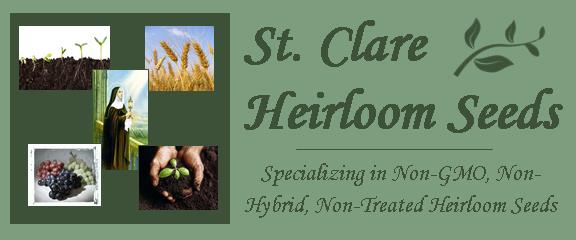Fire Blight affects Apple and Pear Trees and is widespread in the U.S. Areas of high humidity, dew and rain are especially susceptible. Fire Blight bacteria remains dormant throughout the winter inside the cankers. Fire Blight bacteria enters through blossoms or new growth and is spread by Aphids, psylla, bees, and rain.
Fire Blight infected shoots turn brown and black as though scorched by fire. Reddish water soaked lesions will develop on the bark. Any lesions caused by fire blight may ooze an orange brown liquid. Blossoms will wither and die.
There are several organic remedies you can use for controlling fire blight. First, try to keep your aphid and psylla population under control, since they spread fire blight. Next, remove and destroy all suckers and infected branches. Remove these infected branches as soon as you see them, no matter what the season. Cut as least 12 inches below, if possible, where the fire blight welt is found. Disinfect your tools with a 1:4 bleach solution after each cut to help control the fire blight bacteria from spreading from your tools to other areas of the tree or to other trees.
To help prevent fire blight, spray the tree regularly while in bloom with a solution of 4 ounces bleach to 3 gallons water. Doing this kills the fire blight bacteria in the blossom so that bees do not spread the blight. You do not want to kill the bees or prevent from visiting the tree during blossom stage because fruit trees are insect pollinated. Doing so would prevent the trees from bearing fruit. High soil acidity will also contribute to fire blight. The more acid the soil the more risk there is to fire blight. If you have a huge breakout of fire blight, you can spray your tree with copper sulfur blend labeled for fire blight.

